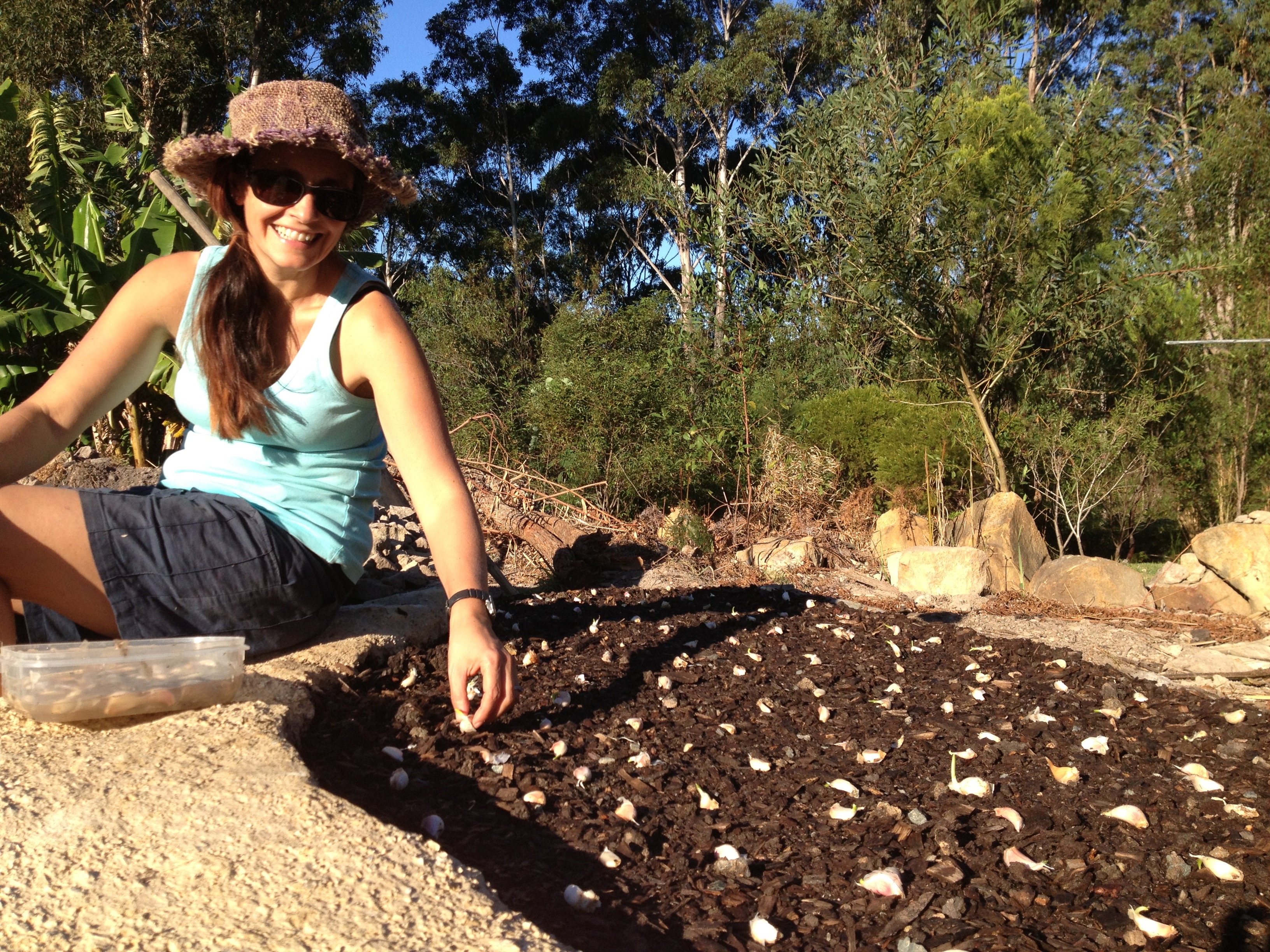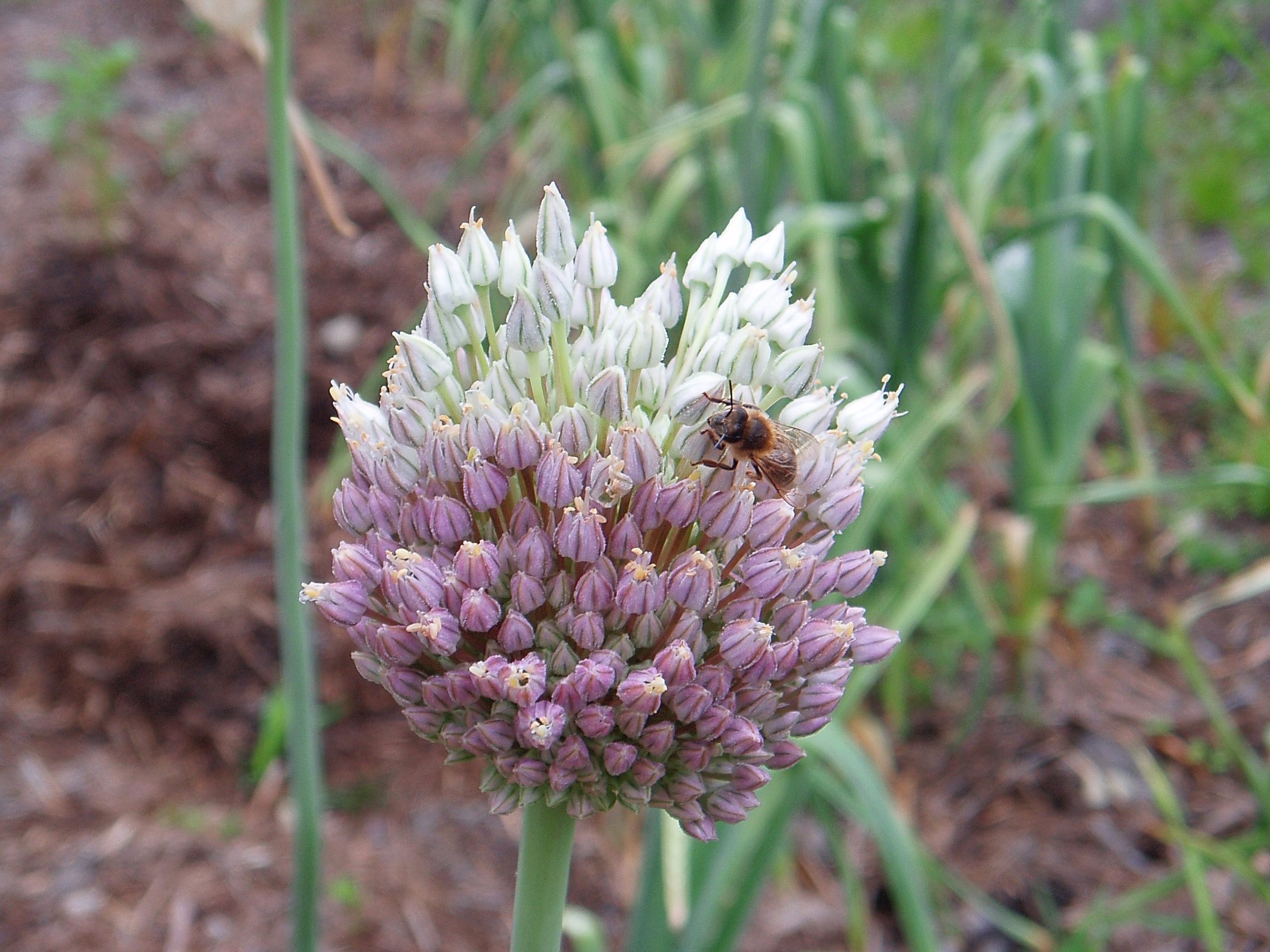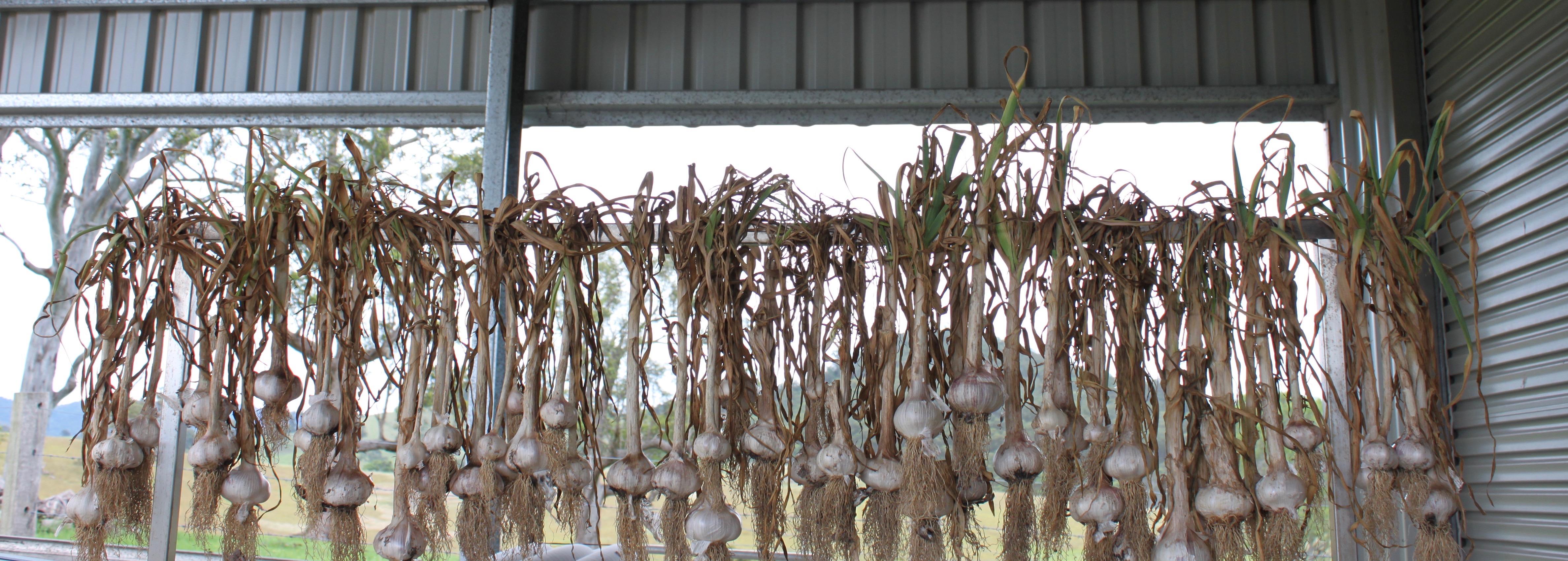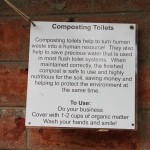Did you know that conventionally grown Garlic is one of the most highly sprayed crops and even though it grows under the soil, the leaves of the plant still take in chemicals which are then stored in the bulb. Imported garlic which is often sold at supermarkets have been bleached with Chlorine to give it the flawless white colour that apparently modern day consumers want. All imported garlic is fumigated with Methyl Bromide to get rid of any bugs in accordance with Australian quarantine standards. This chemical is a major environmental hazard as it is an ozone depleting substance, and many other countries have banned it use. Just imagine what it is doing to our bodies!
It’s almost June and the mornings are starting to feel crisp as I wander outside to feed the chooks, so that means it’s time to plant Garlic! You can plant garlic from February to the end of June, as it needs at least 6 months in the ground to form cloves. It’s a crop that grows well with very little care along the way.
The essential tips for growing Garlic:
- Like most crops, growing garlic is all about soil preparation. If we feed the soil and keep it healthy your plants will thrive.
- Don’t over water as this may cause the cloves to rot.
- Invest your time in good soil preparation and be rewarded with an awesome crop.
Soil preparation:
There are several methods for preparing the soil but we find NO DIG gardening the easiest way to create soil.
- No dig style is the method we choose as we live on a rocky ridge with no top soil. To start with we lay newspaper or cardboard on top of grass or in our case rocks and clay.
- We then add layers of carbon & nitrogen for example:
- Nitrogen layers: green grass clippings, coffee grinds, garden clippings, animal manure (we use chicken manure)
- Carbon layers: mulching hay, shredded newspaper, egg cartons, dry grass clippings, dry garden clippings.
- After layering these materials we then put a layer of homemade compost about 20 cm deep.
- After soaking the cloves in worm wee or water we then plant the cloves with the pointy side facing the sky.

Planting cloves of Garlic at Garden to Table Permaculture
What is garlic seed?
The garlic seed is simply each individual clove of garlic which is how the plant reproduces. Each clove will form a bulb of garlic by the end of the growing season. The cloves of garlic form in the last few months and if this doesn’t happen then it may mean the cloves haven’t been planted for long enough.
Where do I get the seed from?
The most important thing when selecting garlic seed is to make sure it is certified organic or from a chemical free farm or garden. If you have a local seedsavers group this would be a good place to start. Otherwise you can purchase Certified Organic seed from your local Farmers market or an Organic seed supplier. Just google Certified Organic Garlic seed. Once you started growing garlic like we have for the last few years, you can grow enough to eat and some to save for next year.

Bees are attracted to garlic flowers
How much garlic should I plant?
If you love eating garlic I’d say plant about 80 cloves, that way you’ll have enough for about 1 bulb per week and the rest you can save for seed.
How do I plant garlic?
You’ll notice there are two distinct ends to the garlic, the top end is pointed which is where it will shoot from and bottom end is where the roots will appear from.
After planting the cloves what can I mulch with?
Mulching Hay is usually available from your local produce shop or nursery. Ensure that the hay is from a chemical free farm, so just ask a few questions?
Does it come from a farm that use roundup or other chemicals?
Does the hay come from a farm that use artificial chemical fertilisers?
It’s best not to mulch with sugarcane mulch as this can form a mat over the ground and the water won’t be able to penetrate the mulch layer. That’s why using a larger size mulch is better, so the water can penetrate through to the soil.
Harvesting
On a small home garden scale, harvesting is done by hand. When about 2 or 3 leaves have died of and turned yellow this normally means it’s time to harvest your garlic. This can be done in rain or shine.
Storage
Once you have lifted the garlic you need to hang this up in a dry airy place like a shed but just ensure this is away from any chemicals.

Hang your garlic in a dry airy positon after harvesting
After giving a Garden Advisory to a couple of my clients on growing garlic, they made a video of themselves planting 2000 garlic seeds in Pacific Palms over a weekend , no dig style! That’s what I love about my job is passing on the information that I’ve learnt over the last 25 years and seeing people take it to new heights!
Click here to watch their story.
If you’d like to learn how to grow your own veggies using tried and tested methods that give you an abundance of produce, then visit our website www.gardentotable.com.au for our latest courses.
Until next time,
Happy Gardening,
Megan Cooke
Chief Garlic Planter at Garden to Table Permaculture




















